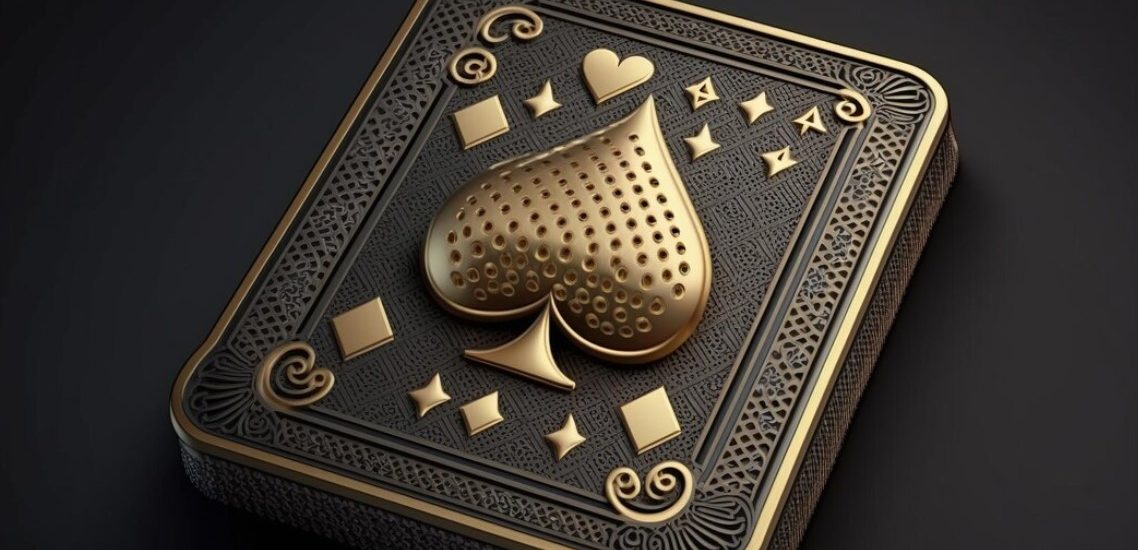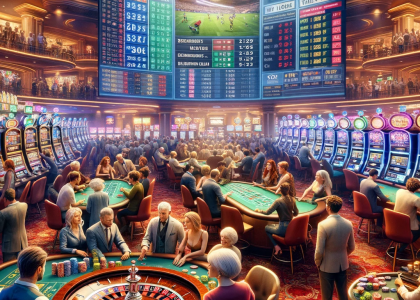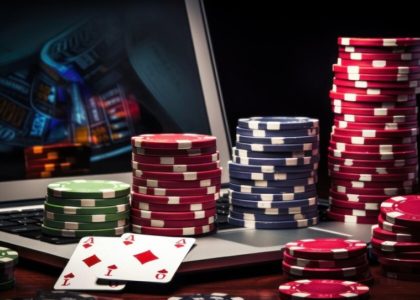Welcome to the strategic universe of poker, a game where skill, psychology, and a bit of theatrical flair combine. It is not just about the cards you hold but about how you play them. This guide will delve into various poker tricks and strategies, enhancing your gameplay with a blend of wit and wisdom.
The essence of poker tricks
Poker tricks go beyond card-playing. They involve reading opponents, controlling your actions, and tactically betting. It is like being a detective and a performer rolled into one!
Bluffing: A key strategy
Bluffing is not just about tricking others. It is a calculated move to create a false narrative about your hand. Bluffing requires confidence, like a poker-faced actor on stage.
Reading opponents: The human element
Attention to body language, betting patterns, and verbal cues is crucial. It is like being a human lie detector, deciphering the truth from subtle tells.
Hand selection: Choosing battles wisely
Knowing which hands to play and which to fold is foundational. It is about picking your battles on the poker battlefield.
Table dynamics: Adapting to the environment
Each table has its own dynamic. Adapting your playstyle to match the table’s tempo can be as crucial as the cards you’re dealt.
Strategic betting
Effective poker betting involves more than deciding when to put chips in the pot. It is about making each bet count, like a master strategist planning their moves:
- Control the pot size. Adjust your betting to control the pot size based on the strength of your hand.
- Value betting. Extract maximum value from strong hands.
- Defensive betting. Protect your hand against potential draws.
- Bluffing with purpose. Bluff in situations where it is likely to be successful.
These betting strategies form the backbone of an intense poker game. They are about making informed decisions, much like a general commanding troops in battle.
Table of poker tricks
Let’s break down some common poker tricks in a table format to understand their applications and effects better.
| Trick | Description | When to Use |
|---|---|---|
| Slow playing | Concealing a strong hand to draw others in | When you want to build the pot with a strong hand |
| Check-raise | Checking initially, then raising after an opponent bets | To trap aggressive players |
| Semi-bluff | Bluffing with a hand that could improve | When you have a drawing hand |
This table offers a snapshot of different poker strategies. Each trick requires specific situations and opponents to be effective.
The psychology of poker
Poker psychology is about outwitting opponents and maintaining your composure. It involves mastering your emotional responses, like a seasoned actor masking their true feelings. Projecting confidence, even when bluffing, can intimidate opponents. Conversely, appearing weak with a firm hand can lure them into a trap.
It is also vital to stay unpredictable, like a mystery novel that keeps readers guessing. Poker is not just a game of cards. It is a game of minds, where psychological mastery can be as essential as the cards you hold.
Conclusion
Mastering poker tricks requires practice, keen observation, and an ability to adapt. Remember, poker is a marathon, not a sprint. Each game is an opportunity to refine your skills and strategies.
Remember these tricks and strategies next time you sit down at a poker table. With patience, observation, and a bit of cunning, you can become a formidable player who plays the cards and the game.




